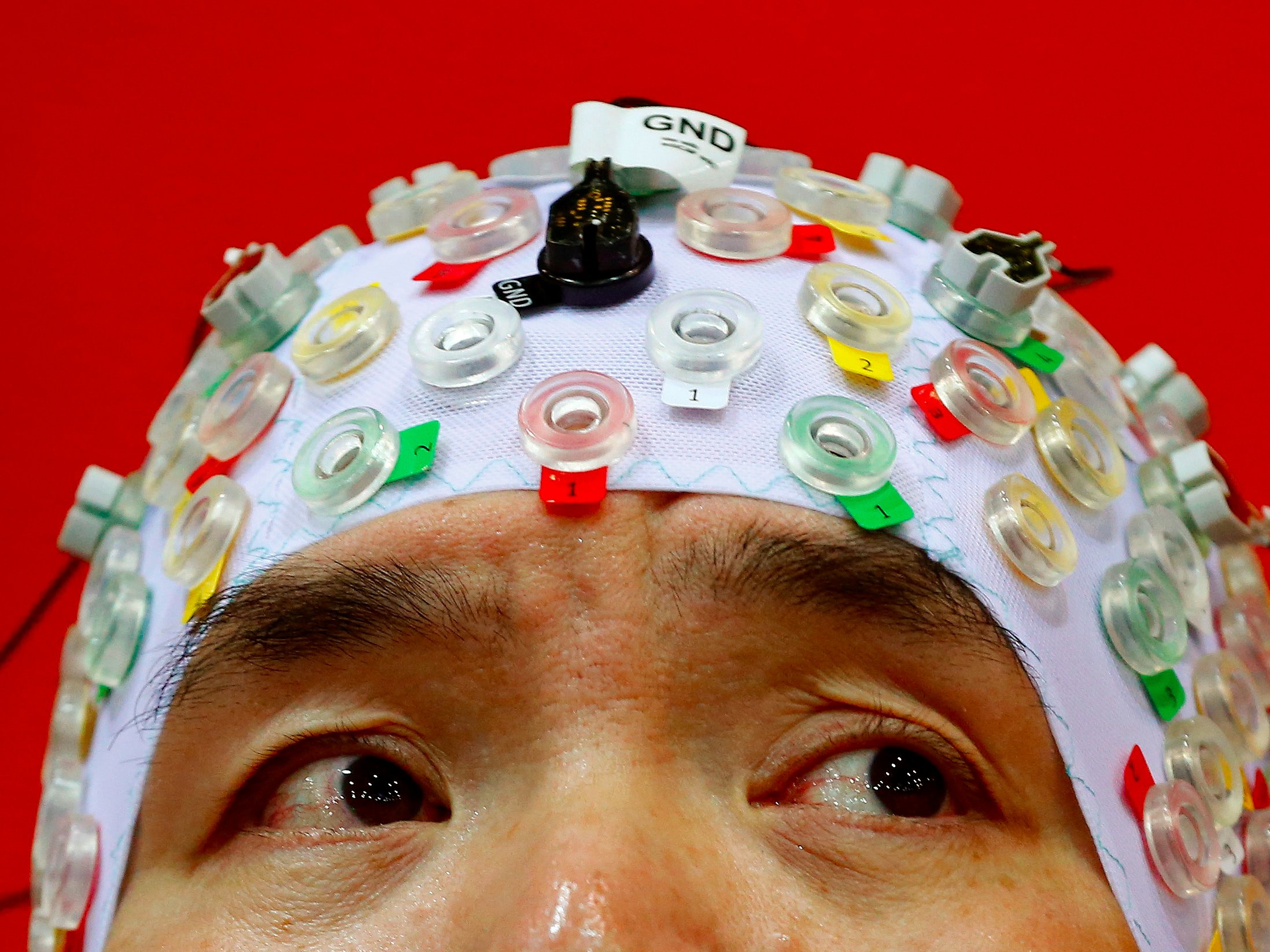
The brain is a complicated thing. There’s still a whole lot we don’t know. And finding treatments for diseases of the brain is often even more complicated.
But once again, it’s something that drug companies are interested in tackling, even in the face of late-stage failures in neurodegenerative diseases such as Alzheimer’s.
Developing drugs that act on the brain isn’t easy. It’s been an area that many big pharmaceutical companies have moved away from in favor of less risky drug development. But right now, there are only four treatments that treat the symptoms of Alzheimer’s, and on average about 99% of all drugs in clinical trials never actually make it to approval. By 2050, the number of people living with Alzheimer’s in the US alone is projected to triple to an estimated 13.8 million.
But 2017 may be the year that companies come back around to developing drugs to treat neurological conditions, including neurodegenerative diseases like Alzheimer’s.
On Tuesday at the JPMorgan healthcare conference, global biopharmaceutical company Celgene told reporters that it was getting into neuroscience, exploring in particular inflammation in the brain and how that relates to neurodegenerative diseases.
“The science is opening up such that there will be targeted opportunities that we can take that have a better probability of success than drugs have in this area in the past,” Celgene’s president of research and early development Rupert Vessey said.
For those already in the space, it’s a good sign.
“We’re really pleased to see a lot of companies refocus on [the central nervous system]. I think they have to,” said Dr. Charles Stacey, the CEO of private drug company Accera. The company is developing an Alzheimer’s treatment that is currently in phase 3 which targets how people with the disease process sugar.
Betting on better neuroscience
Having better ways to measure what’s going on in the brain could help companies develop drugs that have a higher chance of getting approved. For example, taking images of the brain to scan for beta amyloid protein deposits when a person with Alzheimer’s enters a clinical trial could help researchers show that the drug they’re testing actually does reduce those protein deposits. It may seem intuitive to do this, but the technology it requires has only been around recently.
“I think with the advent of all the progress we’re making, the focus on biomarkers and genetics — it’s starting to reveal new targets and new pathways and it is opening up the field in a way that we’re really excited by,” Tom Zioncheck, a senior director in business development at Genentech told Business Insider. Genentech is developing treatments for Alzheimer’s, ALS, and multiple sclerosis.
Because these markers aren’t as easily identified as they are in, say, cancer, many neurodegenerative drugs get disappointing results in late-stage trials. In 2016, there were four major flops for Alzheimer’s drugs, including a highly-anticipated treatment from pharmaceutical giant Lilly. That drug, solanezumab, came out of research on the “amyloid hypothesis,” or the idea that targeting beta amyloid deposits in the brain to clear them out was the way to go about treating the disease. But the drug failed to slow down cognitive decline in patients with Alzheimer’s; those in tests who took a placebo fared about the same.
“It’s not what we wanted, it’s not that leap forward for patients, but it’s a step forward for the science,” Dan Skovronsky, Lilly’s senior vice president of clinical and product development, told Business Insider. Skovronsky said that had to do largely with being able to screen patients for the very thing they were trying to target, something that he said seems intuitive but isn’t. “What it’s telling us is that there’s a small effect on disease progression. But it’s not zero. It’s a clue that we’re headed in the right direction.”
Skovoronsky said that despite some setbacks, he remained more encouraged than ever by the amyloid hypothesis. There will be more opportunities to see that hypothesis in action, too. Biogen, another company that’s big in neuroscience, expects to have data on its beta-amyloid targeting treatment in 2019.
2017: Steps forward or a time of reckoning for Alzheimer’s
In the meantime, it’s going to be another make-or-break year for Alzheimer’s treatments, in particular for companies with data coming out from late-stage trials.
- Accera, the company looking into the metabolic aspects of Alzheimer’s, will have data coming out on its phase 3 trial in the first quarter of 2017.
- Merck, which has a BACE inhibitor that works along the amyloid hypothesis, will have a phase 3 trial wrapping up in July 2017.
- Axovant, whose drug aims to treat the symptoms of Alzheimer’s, will have phase 3 data coming out in the second half of 2017.
If these trials go well, it will be the first time since 2002 that an Alzheimer’s phase 3 trial has had positive results, Accera’s Stacey said.
NOW WATCH: 6 ‘healthy’ eating habits you are better off giving up













